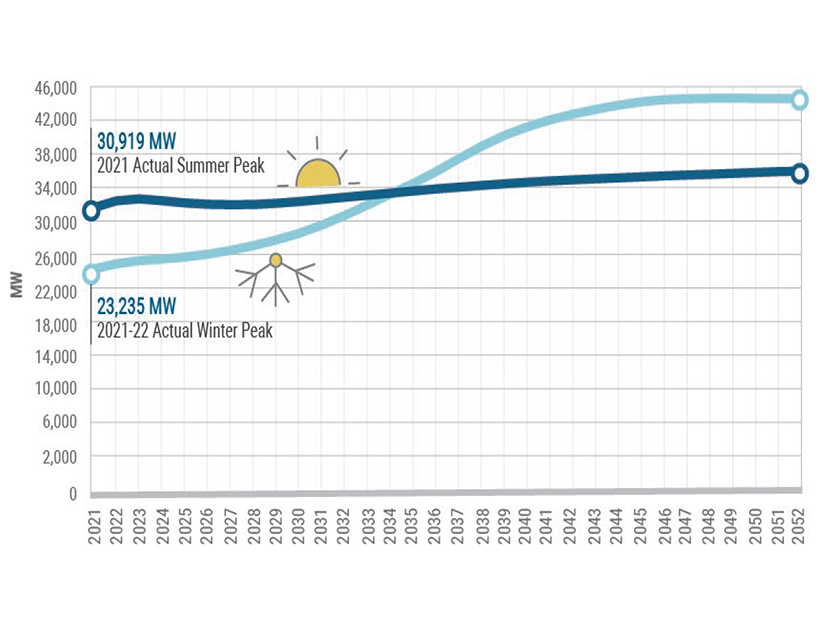
Interconnection Base Case Rule Changes
Rensselaer, N.Y. — NYISO is proposing to broaden its rules for including projects in the base cases of transmission studies because of an increasing risk that projects studied in one process may affect those studied in others, the ISO’s Thinh Nguyen told the Transmission Planning Advisory Subcommittee Oct. 3.
Because of timing issues, projects being studied in the ISO’s transmission interconnection procedures (TIP) do not always meet the base case inclusion rules of the class year study, or vice versa. As a result, Nguyen said, there may be interactions among these projects that need to be studied.
Nguyen also said the chance of this issue between studies being conducted in parallel has increased with the rise in requests entering the NYISO interconnection queue as well as the increasing number of distribution-level projects.
One proposed enhancement to the ISO’s rules would revise the ISO’s base case inclusion rules to specifically refer to projects being studied outside of the ISO’s procedures that a transmission owner identifies as having advanced sufficiently to be considered “firm” in the TO’s planning its local system.
Another change would add tariff provisions on the use of sensitivities and true-up studies in the TIP facilities studies to account for interactions with class year projects that could require the same or similar upgrade facilities. Following the completion of a class year study, the ISO will conduct a true-up to reflect class year projects accepting or rejecting their cost allocations and posting security to continue development.
Although the current tariff allows the ISO “flexibility” to account for these timing issues, the ISO said explicit tariff provisions detailing the use of sensitivities would improve coordination between the study processes.
The ISO plans to present proposed tariff revisions later this month or early in November.
RNA Draft Report Findings
The ISO presented findings from its fourth draft of the 2022 Reliability Needs Assessment (RNA), which did not identify any reliability needs for the 10-year study period but found that resource adequacy and transmission security margins are tightening over time.
The RNA report identified the risk that extreme weather events, such as heat waves and severe storms, could result in significant reliability deficiencies reducing the ability to serve demand, particularly in New York City.
The RNA also evaluated the impact on the system if 6,300 MW of gas-fueled generation became at risk due to fuel shortages during winter peak conditions. The RNA found that if these generators are unavailable during a peak winter in 2032, reliability would be diminished but still within the loss-of-load-expectation criterion. However, reliability would not meet statewide system margin under expected winter weather conditions by winter 2031-32, presenting a significant future risk.
The ISO told the committee it made small changes in response to stakeholder comments and questions since the second draft of the RNA was presented at the Sept. 1 TPAS meeting. (See “RNA Draft Report Finds No Immediate Needs,” NYISO Proposes Fixes for Interconnection Backlog)
The ISO plans to bring the RNA to votes at the Operating Committee Oct. 13 and the Management Committee Oct. 26 before submitting it to the NYISO Board of Directors for final approval in November.


